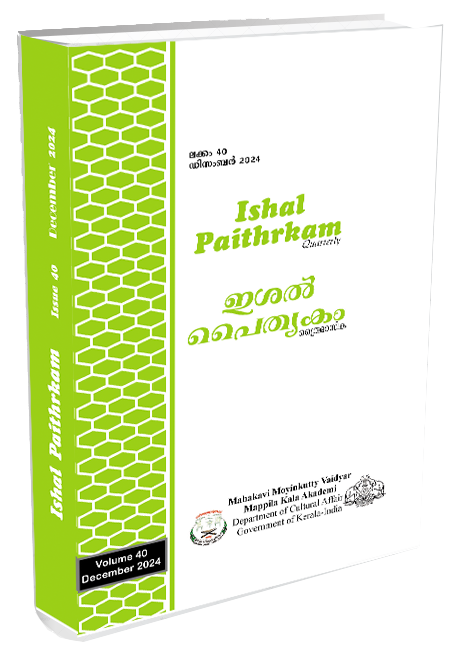Tribal Rights and Federalism: Addressing Indigenous Concerns in India
Keywords:
Tribal rights, Federalism, Indigenous Communities, Land rights, Constitutional ProvisionsAbstract
This article deals with the interface of tribal rights and federalism in India and the challenges of indigenous communities in that zone lie in the safety of their land, resources, and cultural identities. The analysis of constitutional provisions made under Fifth and Sixth Schedules will be made from the viewpoint of efficiency and limitations in safeguarding tribal autonomy. The article attempts to delineate mixed trends of success and failure in protecting tribal rights through various case studies, such as the Dongria Kondh tribe of Odisha's fight and the Narmada Valley project, and gives vent to the role played by judiciary, state governments, and civil society in redressing these concerns. It therefore implies potential reforms of the Indian federal structure that will better respond to needs and concerns among tribal communities in line with international comparisons. The conclusion emphasizes a greater demand for inclusiveness and participation in development so that tribal rights are accommodated but also infuse into the social, economic, and political framework of India.
Downloads
References
Xaxa, V. (2008). State, Society, and Tribes: Issues in Post-Colonial India. Pearson Education India.
Roy Burman, B. K. (1994). Tribal India: Continuity and Change. Mittal Publications.
Guha, R. (1989). The Unquiet Woods: Ecological Change and Peasant Resistance in the Himalaya. Oxford University Press.
Shah, G. (2006). Social Movements in India: A Review of Literature. SAGE Publications.
Rao, M. S. A. (1979). Social Movements in India. Manohar Publications.
Bijoy, C. R. (2003). Forest Rights Act and Tribal Communities. Economic and Political Weekly.
Bhatia, S. (2012). Federalism in India: A Critical Analysis. Eastern Book Company.
Sharma, B. K. (2007). Introduction to the Constitution of India. Prentice Hall India.
Gadgil, M., & Guha, R. (1992). This Fissured Land: An Ecological History of India. Oxford University Press.
Kumar, A. (2012). Indian Federalism: Theories and Practice. Mittal Publications.
D’Souza, R. (2003). Colonial Forest Laws and Displacement of Tribal Communities in India. Indian Social Science Review.
Baviskar, A. (2004). In the Belly of the River: Tribal Conflicts over Development in the Narmada Valley. Oxford University Press.
Shah, A. M. (1990). The State and the Tribes in India: An Anthropological Perspective. University of Michigan Press.
Reddy, G. (2012). Tribal Development in India: Problems and Prospects. Rawat Publications.
Menon, A. (2000). Tribal Land Rights in India: An Analysis. Social Science Press.
Singh, S. (2008). Tribal Autonomy and Political Process in India. Concept Publishing Company.
Mohanty, R. (2004). Displacement and Rehabilitation of Tribals in India: A Study of the Impact of Development Projects. SAGE Publications.
Sen, A. (1999). Development as Freedom. Oxford University Press.
Kothari, S. (1996). Whose Nation? The Displacement of Tribal People in India. Oxford University Press.
Das, V. (2013). Critical Events: An Anthropological Perspective on Contemporary India. Oxford University Press.
Downloads
Published
Issue
Section
License
Copyright (c) 2025 ISHAL PAITHRKAM

This work is licensed under a Creative Commons Attribution-NoDerivatives 4.0 International License.

